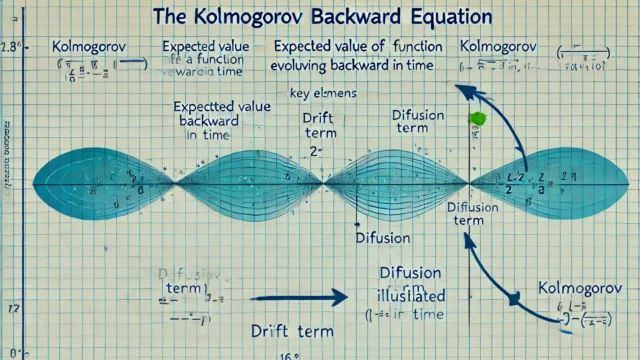Probability Integral: Detailed Explanation, Proofs, and Derivations}
The probability integral, also known as the cumulative distribution function (CDF), is a fundamental concept in probability theory that describes the probability that a random variable takes on a value less than or equal to a certain value.
Definition of the Probability Integral
For a continuous random variable \( X \) with probability density function (PDF) \( f(x) \), the cumulative distribution function \( F(x) \) is defined as:
$$ F(x) = \mathbb{P}(X \leq x) = \int_{-\infty}^{x} f(t) \, dt $$
where \( \mathbb{P} \) denotes the probability.
Properties of the Cumulative Distribution Function
1. **Non-decreasing**: The CDF is a non-decreasing function. If \( a < b \), then \( F(a) \leq F(b) \).
2. **Limits**: The CDF has the following limits:
$$ \lim_{x \to -\infty} F(x) = 0 $$
$$ \lim_{x \to \infty} F(x) = 1 $$
3. **Continuity**: The CDF of a continuous random variable is a continuous function.
4. **Relationship with PDF**: If the PDF \( f(x) \) exists, it is the derivative of the CDF:
$$ f(x) = \frac{dF(x)}{dx} $$
Example: Normal Distribution
The normal distribution is a common probability distribution in statistics. For a normal random variable \( X \) with mean \( \mu \) and standard deviation \( \sigma \), the PDF is given by:
$$ f(x) = \frac{1}{\sqrt{2\pi\sigma^2}} e^{-\frac{(x – \mu)^2}{2\sigma^2}} $$
The CDF is:
$$ F(x) = \int_{-\infty}^{x} \frac{1}{\sqrt{2\pi\sigma^2}} e^{-\frac{(t – \mu)^2}{2\sigma^2}} \, dt $$
Derivations and Proofs
Proof that the CDF is Non-decreasing
Let \( a < b \). By definition of the CDF,
$$ F(b) = \int_{-\infty}^{b} f(t) \, dt $$
$$ F(a) = \int_{-\infty}^{a} f(t) \, dt $$
Since \( a < b \), we can write:
$$ F(b) = \int_{-\infty}^{a} f(t) \, dt + \int_{a}^{b} f(t) \, dt $$
Thus,
$$ F(b) – F(a) = \int_{a}^{b} f(t) \, dt \geq 0 $$
Therefore, \( F(b) \geq F(a) \), which shows that the CDF is non-decreasing.
Proof of the Limits of the CDF
1. For \( \lim_{x \to -\infty} F(x) \):
$$ \lim_{x \to -\infty} F(x) = \lim_{x \to -\infty} \int_{-\infty}^{x} f(t) \, dt = 0 $$
since the integral over the entire PDF must equal 1 and the integral from \(-\infty\) to a very small value will approach 0.
2. For \( \lim_{x \to \infty} F(x) \):
$$ \lim_{x \to \infty} F(x) = \lim_{x \to \infty} \int_{-\infty}^{x} f(t) \, dt = 1 $$
since the integral over the entire PDF must equal 1.
Derivation of the PDF from the CDF
If \( F(x) \) is the CDF, then by definition:
$$ F(x) = \int_{-\infty}^{x} f(t) \, dt $$
Taking the derivative with respect to \( x \),
$$ \frac{dF(x)}{dx} = f(x) $$
Thus, the PDF is the derivative of the CDF.
Expected Value and Variance
The expected value \( \mathbb{E}[X] \) and variance \( \text{Var}(X) \) of a continuous random variable \( X \) with PDF \( f(x) \) can be expressed in terms of the integral of the PDF:
$$ \mathbb{E}[X] = \int_{-\infty}^{\infty} x f(x) \, dx $$
$$ \text{Var}(X) = \mathbb{E}[X^2] – (\mathbb{E}[X])^2 $$
where
$$ \mathbb{E}[X^2] = \int_{-\infty}^{\infty} x^2 f(x) \, dx $$





